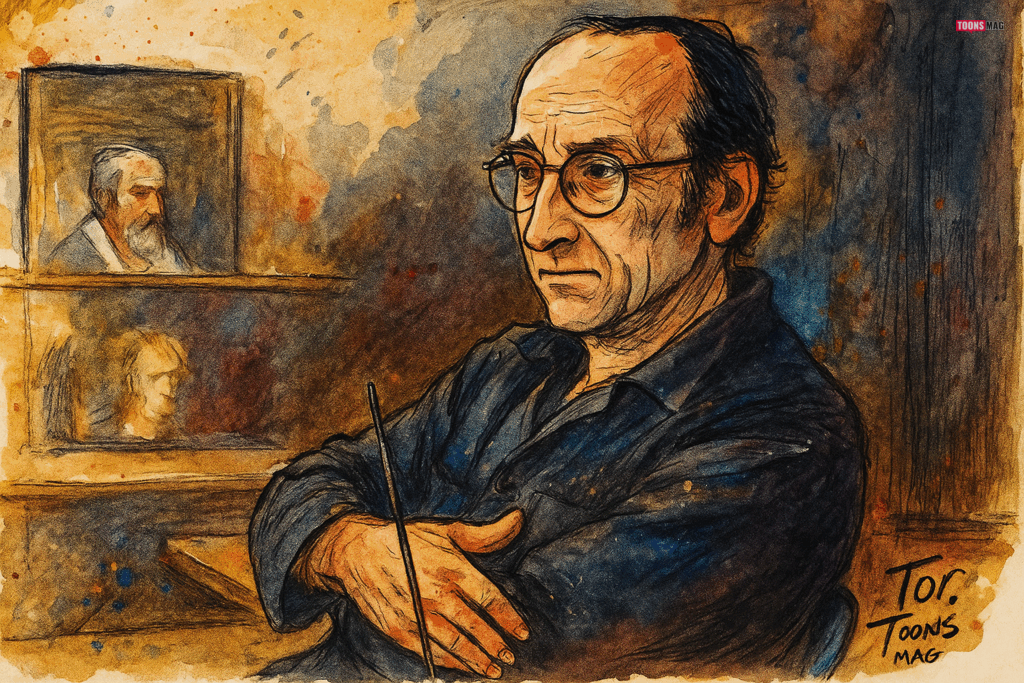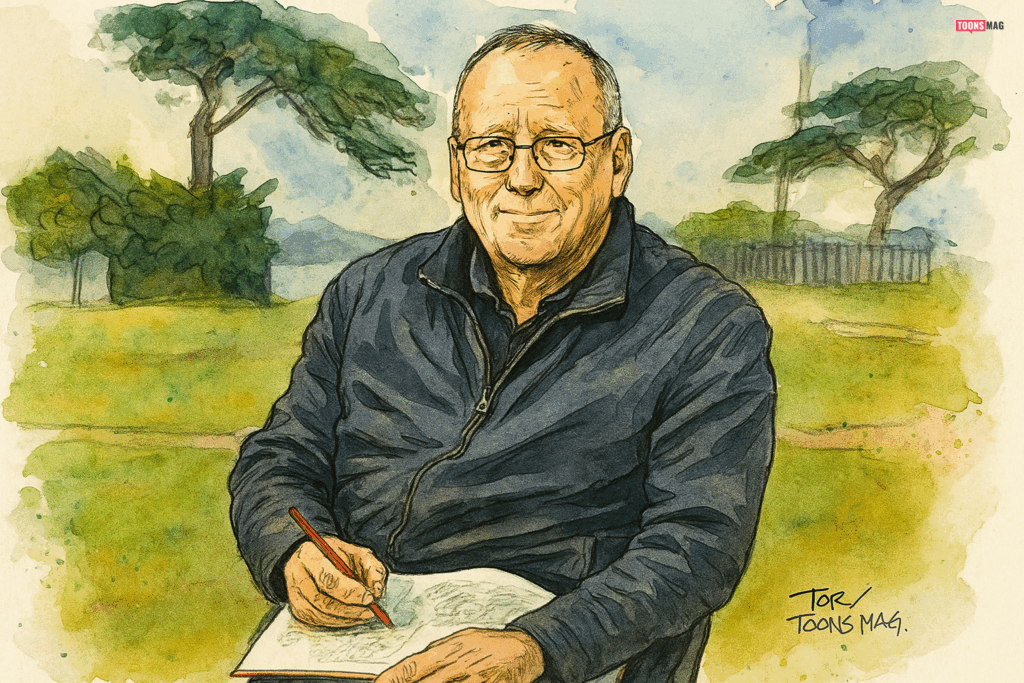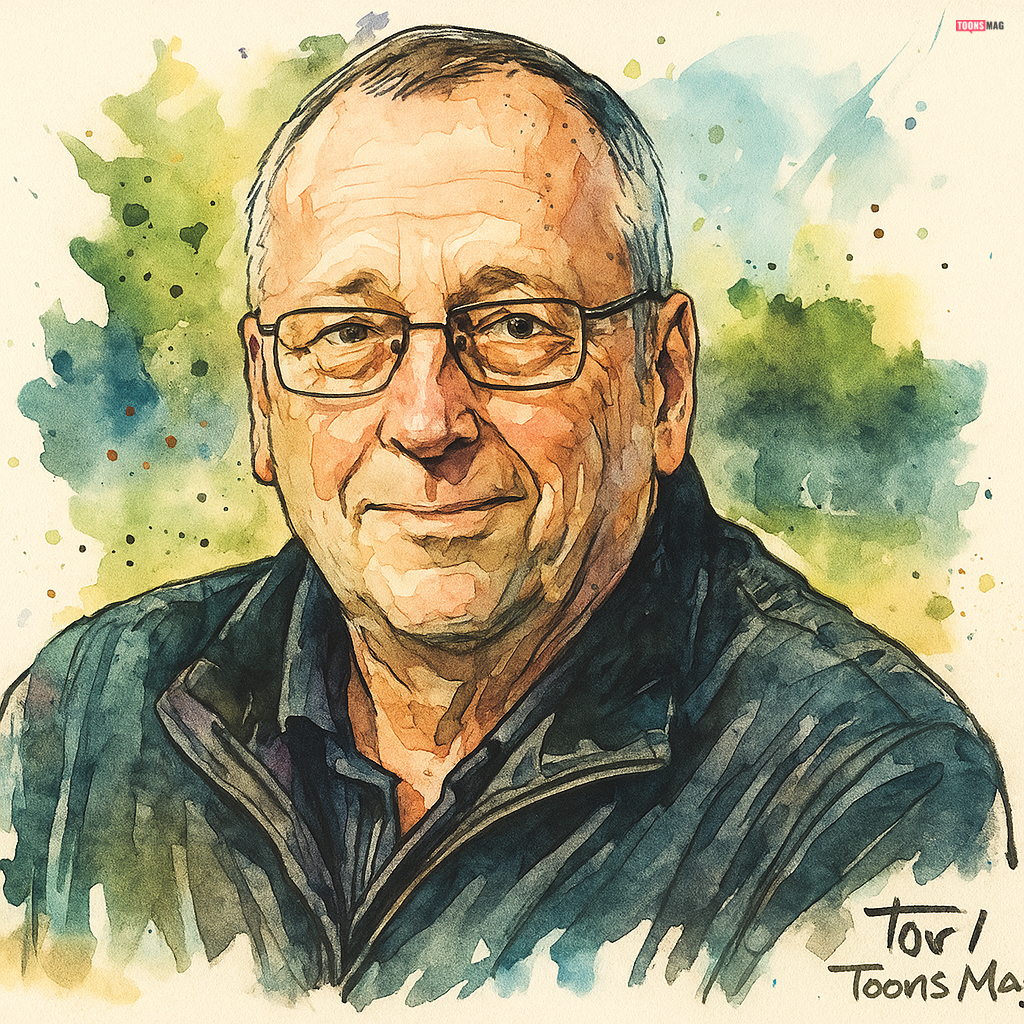John Spooner (born November 20, 1946) is a prominent Australian editorial cartoonist, caricaturist, illustrator, painter, and former solicitor whose career has left a lasting imprint on political commentary in Australia. Known for his unique blend of artistic precision, legal insight, and fearless satire, Spooner is celebrated for his decades-long tenure at The Age newspaper and for producing illustrations that challenge political norms and provoke national conversations. With a style rooted in classical technique and a voice unafraid to critique both sides of politics, Spooner remains a towering figure in Australia’s visual journalism landscape.
Infobox: John Spooner
| Name | John Spooner |
|---|---|
| Born | November 20, 1946 |
| Place of Birth | Melbourne, Victoria, Australia |
| Nationality | Australian |
| Education | Monash University (B.Juris, LLB) |
| Occupation | Cartoonist, Illustrator, Caricaturist, Painter, Solicitor |
| Known For | Editorial cartoons for The Age, political satire, fine art |
| Awards | 5 Stanley Awards, 2 Walkley Awards, Fremantle Print Award, Graham Perkin Award |
| Publications | A Spooner in the Works, Taxing Air, What the Hell Was He Thinking? |
| Affiliations | The Age, The Australian, National Gallery of Australia |
| Spouse | Olga Spooner |
| Children | Anita, Ellen, Matthew |
| Residence | Black Rock, Victoria, Australia |
Early Life and Legal Career
Born in Melbourne in 1946, John Spooner was raised in a household that valued both education and civic awareness. He pursued a legal education at Monash University, completing a Bachelor of Jurisprudence in 1970 and a Bachelor of Laws in 1972. His time at university was marked by a dual interest in logic and expression—while mastering legal doctrines, he also contributed cartoons to the student magazine Lot’s Wife, a platform that helped refine his sharp satirical voice.
His early drawings often reflected the sociopolitical tensions of the time, addressing topics such as the Vietnam War, civil rights, and campus activism. These formative experiences nurtured his belief that art could be both aesthetically powerful and politically transformative. After graduation, Spooner practiced law for four years, focusing on common law litigation. He worked at a Melbourne-based firm, where he developed a keen sense of courtroom dynamics, advocacy, and the bureaucracy of the legal system—insights that would later enrich the legal parodies and political critiques featured in his cartoons.

During this legal period, Spooner’s contributions to The Age, Sun-Herald, Sunday Press, and National Times became more regular, often addressing topics of social justice, political leadership, and regulatory failure. He began to cultivate a reputation not only as a technically gifted illustrator but also as a deep thinker whose work resonated with legal professionals and laypeople alike.
In 1977, Spooner made a definitive and courageous shift from law to art, choosing to become a full-time cartoonist. This career pivot was not merely a matter of artistic fulfillment but also a personal declaration of purpose. His legal background remained deeply embedded in his editorial work, evident in his precise depiction of courtroom scenes, legal jargon, and the complexities of policy critique. As his technical mastery in drawing evolved, Spooner developed a distinct visual language—one capable of portraying complex political themes with rich symbolism, layered meaning, and razor-sharp irony. This foundation would underpin his later success as one of Australia’s leading political satirists.
Career as a Cartoonist and Illustrator
Spooner’s enduring legacy is closely associated with The Age, where his editorial cartoons became a fixture for decades. His drawings offered Australians a sharp, often witty, and sometimes unsettling lens through which to view the nation’s political developments. Spooner’s works also appeared in international outlets such as The London Times and The Daily Mail, demonstrating the global appeal of his illustrative voice.
His style was influenced by 18th-century English satirists, particularly James Gillray, and the Punch tradition of social caricature. Spooner’s art often incorporated detailed cross-hatching, dynamic composition, and expressive facial renderings, making each cartoon a study in both form and message. During the 1980s, he expanded into painting and etching, with support from mentors like Fred Williams and master printer Bill Young, whose collaboration helped Spooner transition into the fine art world.
One of his most notable works is The End (1986), an etching satirizing the legal profession by depicting a lawyer in a shadowy landscape, wearing a cat as a wig. The piece, awarded the Fremantle Print Award, is widely recognized for its surreal imagery and Goya-esque depth. Throughout his career, Spooner has produced hundreds of editorial cartoons, many of which confront the ethical ambiguities of Australian politics, scrutinizing figures such as Paul Keating, John Howard, Kevin Rudd, Julia Gillard, and more recently, Scott Morrison.
His artwork frequently tackled issues such as economic policy, climate change, indigenous affairs, and foreign relations. Rather than offering simple ridicule, Spooner infused his images with layered commentary, using visual symbolism and historical allusions to encourage critical thinking among viewers. His capacity to simultaneously entertain and educate placed him at the forefront of Australian political satire.

Publications and Books
Spooner is also a published author whose works compile and reflect on the interplay between art, politics, and public discourse:
- A Spooner in the Works (1999, Text Publishing): This anthology of cartoons, paintings, and prints is a comprehensive retrospective of his early and mid-career works. Introduced by Robert Manne, it explores Spooner’s multifaceted talent and includes personal reflections on key events in Australian politics.
- Taxing Air: Facts and Fallacies about Climate Change (2013, Kelpie Press): Co-authored with climate science skeptics Robert M. Carter, William Kininmonth, and others, this controversial book critiques mainstream climate change narratives. The book’s publication drew significant media attention, adding another dimension to Spooner’s reputation as a contrarian thinker unafraid to challenge prevailing views.
- What the Hell Was He Thinking? John Spooner’s Guide to the 21st Century (2018): This book compiles his 21st-century cartoons, offering Spooner’s commentary on global affairs, domestic policy, and sociopolitical trends. The text includes personal insights, giving readers a rare look into the artist’s creative rationale.
These works underscore Spooner’s role not just as an illustrator, but as a chronicler of national and international upheavals through a critical and often humorous lens.
Awards and Recognition
John Spooner’s artistic excellence and journalistic contributions have earned him some of Australia’s highest media honors:
- Five Stanley Awards (1985–1986), including the coveted Gold Stanley for Black and White Artist of the Year.
- Two Walkley Awards (1994) for Best Illustration and Best Cartoon, solidifying his status among Australia’s top editorial cartoonists.
- Graham Perkin Australian Journalist of the Year Award (2002), recognizing his overall contribution to Australian journalism.
- Fremantle Print Award (1986, joint winner) for his etching The End.
In addition, his works have been displayed in prestigious exhibitions such as Bringing the House Down, an annual celebration of Australian political cartooning held at Old Parliament House. Notable entries included Howard’s Sleep of Reason, Heroin Addiction, and BHP’s Newcastle Decision, all lauded for their artistic merit and political relevance.
Other Artistic Contributions
Beyond cartooning, Spooner has ventured deeply into fine art, exhibiting paintings, prints, and illustrations at major galleries. His works are held in national institutions including:
- The National Gallery of Australia
- The National Library of Australia
- The National Gallery of Victoria
- The State Library Victoria
- The Melbourne Cricket Club Museum
He has participated in solo exhibitions at venues like WestPAC Gallery and was featured in Joe Szabo’s The Finest International Political Cartoons of Our Time. His fine art often straddles the line between satire and allegory, offering commentaries on nature, solitude, and the human condition.
Spooner also contributed illustrations to literary journals like Overland and political essays on economic rationalism and governance. His parody piece Keating’s Melancholia (1996), an homage to Albrecht Dürer’s Melencolia I, exemplifies his ability to merge classical influence with contemporary critique.

Later Career and Ongoing Influence
Spooner’s formal departure from The Age in 2016 marked a turning point. Part of a broader redundancy program at Fairfax Media, his exit was met with public protest and critical reflection on the changing nature of journalism in Australia. However, his creative journey was far from over.
In 2019, Spooner joined The Australian, continuing to produce editorial cartoons. His work there often challenges cultural orthodoxy and institutional narratives, maintaining his position as a critical voice in national debates. His columns and cartoons at The Australian have continued to tackle divisive issues such as COVID-19 policies, identity politics, and freedom of speech, confirming his role as a commentator of conscience and conviction.
Spooner also gives guest lectures and participates in panels on media ethics, political satire, and the evolving role of the press in democratic societies. His archive has become a valuable resource for scholars of media, art, and Australian history.
Personal Life
John Spooner lives in Black Rock, a coastal suburb of Melbourne, with his wife Olga. Together, they have raised three children—Anita, Ellen, and Matthew—whose lives and careers have remained largely outside the public spotlight. His family, while private, has often informed the emotional undertones in his artwork.
He remains active as a mentor to younger cartoonists, encouraging them to pursue visual journalism with both courage and clarity. Whether through mentorship, gallery exhibitions, or his published books, Spooner continues to shape Australia’s visual and political discourse.
This post was created with our nice and easy submission form. Create your post!




